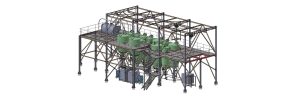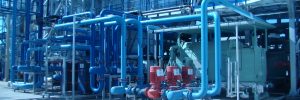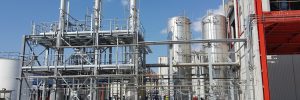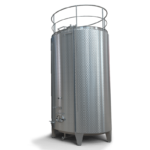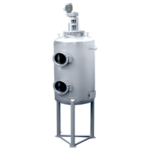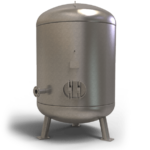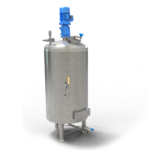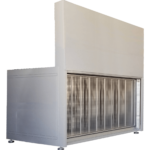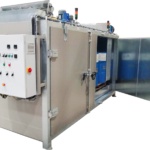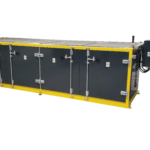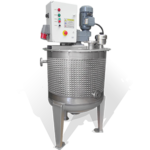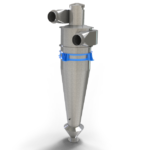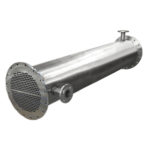One of the most important decisions to be taken when a tank offer or tank order is made is the material from which the tank (storage tank or process tank) will be made. Whether the material to be used is stainless steel or aluminum, it is expected that the tank will carry the load if stored and be as safe as possible. But of course there is not a single material solution to suit every situation. Although stainless tanks are used more frequently in the industry, stainless steel tanks, aluminum tanks and carbon steel tanks have advantages and disadvantages over the other. See the article below for information on how to make your choice of stainless tank material easier.

Do you have a question about the information you read here? Contact our team. We are happy to answer your questions and assist you with our tank manufacturing solution suggestions.
Advantages of Carbon Steel Tanks
Tanks made of carbon steel are robust and reliable. Carbon tanks are usually the cheapest solution, making it a more suitable solution for small businesses that may have short-term budget shortages.
However, carbon steel tanks require more maintenance, so you may want to consider maintenance and painting costs. The carbon steel tank is less resistant to corrosion than the other two options. Therefore, it is not preferred in cases where it is desired to eliminate the risk of rusting and corrosion.
Advantages of Aluminium Tanks
Compared to the other two options, aluminium’s advantage is the lightness. An aluminium tank larger than a tank made from carbon or stainless steel can be much lighter than the other two. If the most important parameter in the design is capacity or weight, aluminium steel may be preferred.
The biggest plus of the aluminium tank is also its biggest disadvantage. The lightweight material used is less durable compared to a stainless steel tank. It is less resistant than stainless steel to not only stresses but also corrosion.
Advantages of stainless steel tanks
The non-competitive structure of stainless steel in terms of durability and longevity is the main reason why it is accepted as the gold standard in the production of storage tanks and process tanks. stainless steel is the material with the highest corrosion resistance among these three materials. Therefore, there is no need to worry about the chemicals that will be stored and processed inside to cause damage to the surface. stainless steel tanks are generally preferred for a chemical or food industry.
Stainless steel is the only alternative for storage tanks in the food sector where hygiene is essential.
Stainless steel tanks can survive a lifetime. This means that a fleet of stainless tanks you purchase will be the last stainless tank fleet you’ll buy throughout your life. In almost all cases, the advantages of stainless tanks will be worth the extra investment.




